Introduction
In the rapidly evolving landscape of architectural rendering, mastering a diverse set of competencies is paramount for professionals aiming to deliver exceptional visualizations. The ability to translate intricate design principles into compelling visual formats not only enhances communication with clients but also fosters collaboration among stakeholders.
As technology advances, proficiency in industry-standard software and rendering techniques becomes indispensable, enabling architects to create lifelike representations that resonate with client expectations. Furthermore, the integration of emerging technologies such as artificial intelligence and virtual reality is reshaping the architectural visualization process, offering innovative solutions that streamline workflows and elevate client engagement.
This article explores the essential skills, techniques, and tools that underpin successful architectural rendering, emphasizing the importance of continuous learning in maintaining a competitive edge within this dynamic field.
Core Competencies for Architectural Rendering Success
Achieving success in architectural visualization necessitates the cultivation of several architectural rendering project competencies. Foremost among these is a robust understanding of principles of creation, which enables professionals to accurately interpret and translate architectural concepts into visual forms. Complementing this foundational knowledge, proficiency in industry-standard software such as Autodesk 3ds Max, SketchUp, and V-Ray is imperative.
These technical skills allow renderers to create intricate and compelling visualizations. An acute eye for detail, especially concerning material textures and lighting effects, further enhances the realism of the visuals, offering customers an immersive experience of the proposed concepts. Furthermore, initial conceptual illustrations provide unique benefits, such as:
- Rapid visualization of concepts
- Economical exploration
- Improved communication among contractors and stakeholders
- Assistance for an iterative development process
By offering a tangible representation of design concepts, these renderings remove misunderstandings and promote a collaborative planning process that aligns vision with expert execution. Understanding customer needs and project requirements is essential, as it ensures that the visualizations align with the architectural narrative, intent, and the architectural rendering project competencies. As emphasized by Thomas Howcroft, founder of XO3D, ‘This technique saves money, time, and resources for the client as well as the architect.’
Moreover, essential traits for architects encompass:
- Analytical abilities
- Communication talents
- Creativity
- Organizational capabilities
- Technical expertise
- Visualization skills
All of which are vital for developing architectural rendering project competencies and achieving effective results. Notably, with about 8,500 openings for architects projected each year, the demand for these competencies is significant. Lastly, a case study titled ‘The Power of Pre-Sales Visualization’ illustrates how visualizations serve as essential tools in generating interest and investment, thereby enhancing confidence in the undertaking and revenue generation.
Effective project management skills also facilitate smoother workflows, ensuring the timely delivery of high-quality outputs, thus fostering client satisfaction and reinforcing the architect’s professional reputation.
Mastering Rendering Techniques and Tools for Effective Visualization
A profound understanding of visualization methods is essential for developing architectural rendering project competencies necessary for successful architectural representation. Mastering photorealistic visualization techniques enhances architectural rendering project competencies, enabling professionals to create lifelike images that effectively communicate intent, which is essential for improving contractor communication and removing conceptual misunderstandings. Tools such as V-Ray and Corona Renderer play pivotal roles in achieving high-quality outputs, with their latest features continuously evolving to meet industry demands, particularly in simulating realistic lighting and materials.
When determining the appropriate level of detail in architectural visuals, it’s essential to consider the project’s scale and purpose; for instance, a detailed facade illustration may require intricate textures and materials, while a broader site plan may focus on overall layout and massing. The significance of precision and detail in 3D exterior representations highlights the architectural rendering project competencies, as tiny elements contribute significantly to capturing the design’s essence and telling a compelling story of the envisioned space. Additionally, integrating post-processing techniques in software like Adobe Photoshop improves architectural rendering project competencies by allowing for precise adjustments in lighting, color correction, and effects that bolster visual appeal, thus enhancing stakeholder communication and comprehension.
Embracing real-time visualization tools, such as Lumion and Twinmotion, can further accelerate the visualization process, enabling immediate feedback and adjustments during client presentations. The advancements in visualization technology underscore the necessity of enriching geometric models beyond simple polygon collections, particularly in terms of architectural rendering project competencies, as the individual marks on a standard photo album size (6” × 4”) are closer together than can be distinguished by the naked eye, highlighting the need for advanced visualization techniques. This critical role of detail is further illustrated by Georgios Karantaidis, who states, ‘The detection of computer-generated (CG) multimedia content has become of utmost importance due to the advances in digital image processing and computer graphics.’
Moreover, case studies on photorealistic depiction for visual learning demonstrate the practical implications of synthetic data in enhancing object viewpoint estimation. This study indicates that generalizing from synthetic data can produce results similar to those obtained from real image datasets, strengthening the idea that a strategic method to visualization not only enhances visual accuracy but also boosts overall performance and cost savings through early problem resolution and adjustments from stakeholders.
Enhancing Client Communication Through 3D Visualization
3D visualizations serve as a crucial tool in enhancing communication and comprehension within architectural rendering project competencies. By converting intricate architectural concepts into engaging visual formats, architects can improve their architectural rendering project competencies, allowing them to convey their ideas with greater clarity and significantly reducing the risk of misinterpretation. The use of immersive 3D visuals during presentations not only allows customers to visualize the intended spaces but also promotes immediate feedback, cultivating a collaborative atmosphere that ensures alignment with customer expectations.
This collaborative journey is especially crucial in bold home renovations, where detailed interior visuals highlight both functionality and aesthetics, ultimately improving client satisfaction and marketing effectiveness. The powerful impact of pre-sales visualization is demonstrated through case studies like ‘The Power of Pre-Sales Visualization,’ showcasing how architectural rendering project competencies serve as a bridge between concept and reality, instilling confidence and igniting investment long before the physical endeavor begins. Importantly, pre-sales visualization contributes to architectural rendering project competencies, generating crucial revenue for construction and making it a valuable asset in project development.
Furthermore, statistics reveal that infographics and visual content receive 94% more viewership than static alternatives, underscoring the effectiveness of engaging visualizations in communication with customers. The importance of customer testimonials in this process cannot be understated; at J. Scott Smith Visual Designs, we prioritize building lasting partnerships and delivering exceptional results, as reflected in the honest feedback from our customers across platforms like Google, Facebook, and Houzz. As the architectural environment changes, the incorporation of 3D visualization and progress in virtual reality is set to transform how architects engage with clients, improving the overall experience while blending creativity with pre-sale marketing strategies.
Leveraging AI and VR in Architectural Rendering Practices
Emerging technologies such as artificial intelligence (AI) and virtual reality (VR) are fundamentally transforming architectural rendering project competencies, complementing the immersive impact of architectural visualization in fostering connections between future homeowners and their projects. The ‘Architectural Visualization Townhomes Advantage’ highlights how this immersive approach allows prospects to feel like participants in the creation of their future homes, enhancing community connections from the outset. While approximately 20% of architects express concern over AI potentially replacing human roles, it is crucial to view AI as a powerful ally in the industry.
AI excels in automating repetitive tasks such as drafting and compliance checks, thereby significantly enhancing productivity. This efficiency enables architects to allocate more time to strategic and creative aspects, ultimately enhancing stakeholder communication and identifying issues early in the process.
Moreover, AI improves construction safety by monitoring site conditions and detecting hazards in real-time, ensuring a safer working environment. For example, AI-powered tools can quickly produce variety options customized to customer preferences, simplifying the conceptual stage and minimizing the time needed for revisions. Simultaneously, VR has transformed presentation methods by offering users immersive experiences, enabling them to interact with spaces in a realistic way.
This immersive method not only aids in validating concepts and improves communication but also greatly increases customer satisfaction as they can visualize their creations more concretely.
As we capture intricate details in our visuals, from the way sunlight dances off the windows to the subtle texture of the bricks, every element contributes to the emotional impact and authenticity of the concept. This dedication to detail, paired with our architectural rendering project competencies and the cooperative visualization process at J. Scott Smith Visual Designs—starting with initial communication, progressing through intricate modeling, material and lighting selection, and refining the final image—ensures that we surpass customer expectations and establish a solid basis for community connections in the endeavors we undertake. The combination of AI and VR technologies honors creative designs and improves the architectural profession’s capacity to address effectively the needs of customers, making the investment in high-quality 3D visuals crucial for successful project results.
The Importance of Continuous Learning in Architectural Rendering
Continuous learning is indispensable in the realm of architectural rendering project competencies, particularly as new techniques, tools, and trends emerge with increasing frequency. With worldwide spending on digital transformation technologies projected to reach $2.3 trillion in 2023, the urgency for professionals to keep pace is evident. Engaging in workshops, webinars, and online courses provides architects with essential educational opportunities.
Furthermore, actively participating in industry publications and joining professional organizations can yield valuable insights into current best practices and innovations. Networking with peers and engaging in forums cultivates a culture of knowledge sharing, amplifying one’s skill set. As architect and writer Elif Ayse Sen articulates, ‘This immersive visualization fosters more informed decision-making, as individuals get to experience the spatial qualities, textures, and lighting effects of their future homes or commercial spaces in a comprehensive and interactive way.’
This highlights the significance of storytelling in 3D architectural illustrations, translating the architect’s vision into clear visuals while nurturing relationships and improving communication. Moreover, utilizing 3D visualizations helps designers and developers communicate ideas clearly, resolve potential design issues early, and facilitate quicker buy-in from clients and investors, ultimately streamlining workflows from initial communication to final delivery. The significance of intricate details in architectural renderings cannot be overstated, as they enhance realism and emotional impact, making projects feel lived-in and ready to be built.
Additionally, the journey ahead for students in architecture is filled with potential, emphasizing the need to guide them towards a technology-driven future. The recent study highlighting the skills gap between architecture education and job market needs in Egypt underscores the urgency of adapting educational methods to meet industry demands. By committing to lifelong learning, architectural visualizers not only refine their architectural rendering project competencies but also secure their competitiveness in an ever-evolving market.
A case study titled ‘The Benefits of Learning in Technical Architecture’ illustrates how investing in continuous education allows technical architects to broaden their skillset, improve problem-solving, enhance collaboration, and achieve career growth. Continuous learning is essential for staying at the forefront of the industry and driving innovation.
Conclusion
Architectural rendering stands at the intersection of art and technology, demanding a comprehensive skill set that encompasses design principles, technical proficiency, and effective communication strategies. Mastery of industry-standard software such as Autodesk 3ds Max and V-Ray is essential, as is the ability to produce photorealistic images that not only convey design intent but also foster collaboration among stakeholders. Understanding client needs and project requirements remains crucial, ensuring that visualizations resonate with the architectural narrative and facilitate an iterative design process.
The integration of advanced rendering techniques and tools significantly enhances the quality of visualizations, while emerging technologies like artificial intelligence and virtual reality are reshaping how architects engage with clients. These innovations streamline workflows, improve safety on construction sites, and provide immersive experiences that deepen client understanding and satisfaction. As the architectural landscape evolves, the role of continuous learning cannot be overstated; staying abreast of new trends and technologies is vital for maintaining a competitive edge and driving innovation in the field.
Ultimately, the commitment to refining rendering skills and embracing new technologies not only enhances the visual fidelity of architectural projects but also strengthens relationships with clients, paving the way for successful outcomes. By prioritizing education and adapting to industry changes, architects can ensure they remain relevant and effective in delivering compelling visualizations that inspire confidence and investment. The future of architectural rendering lies in the seamless blend of creativity, technical prowess, and a proactive approach to learning, underscoring the importance of these competencies in achieving lasting success in the profession.

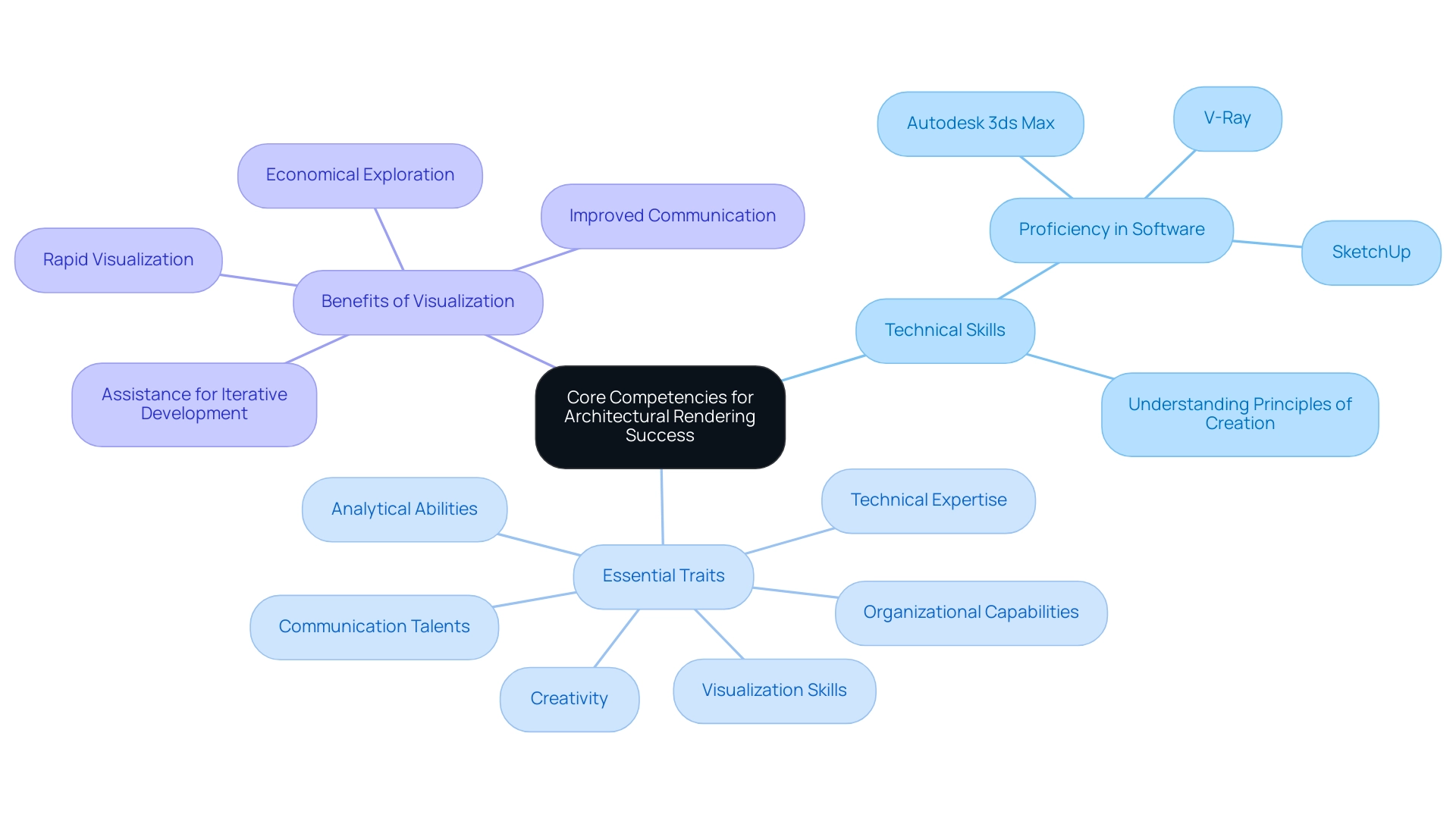
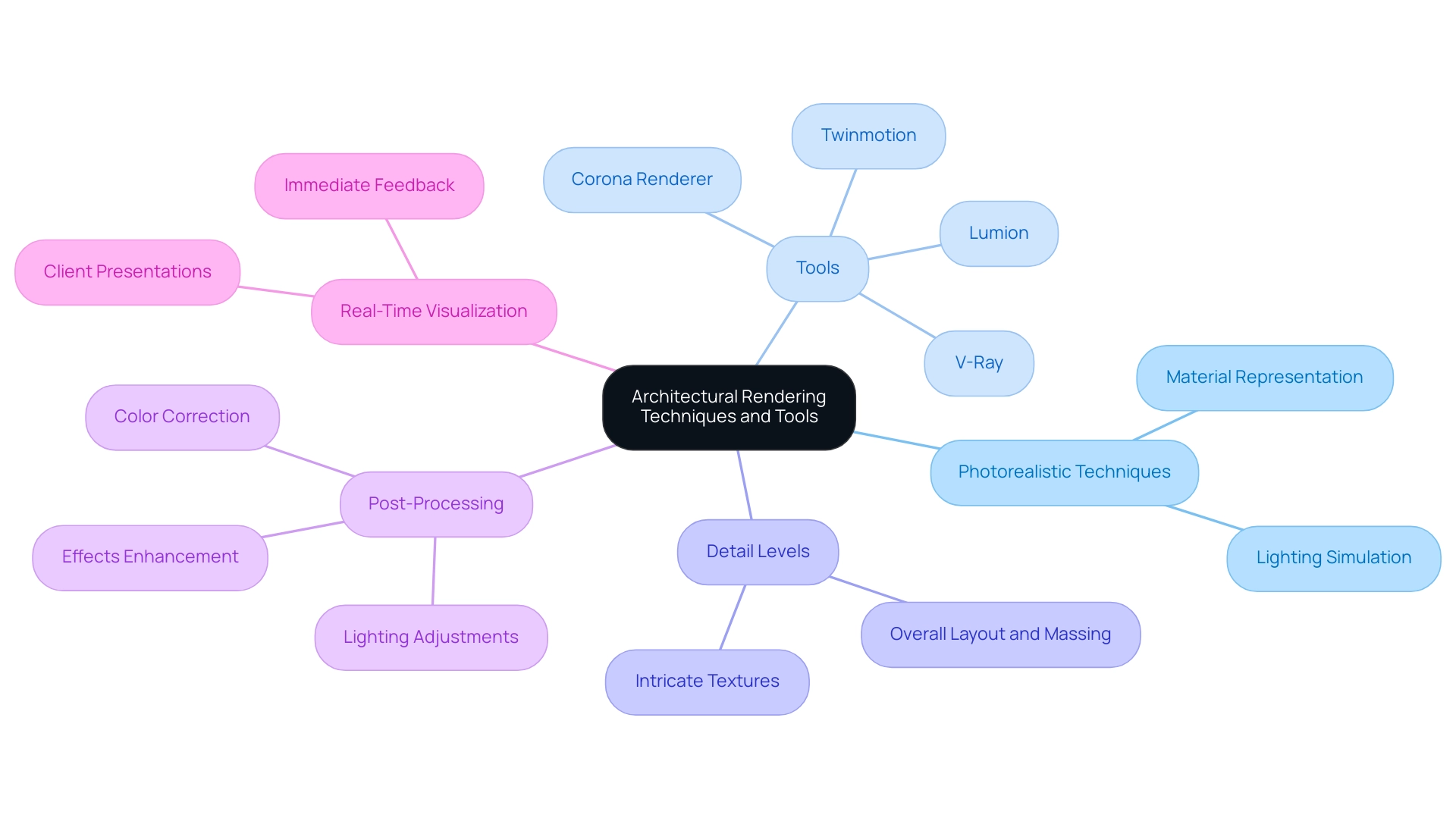
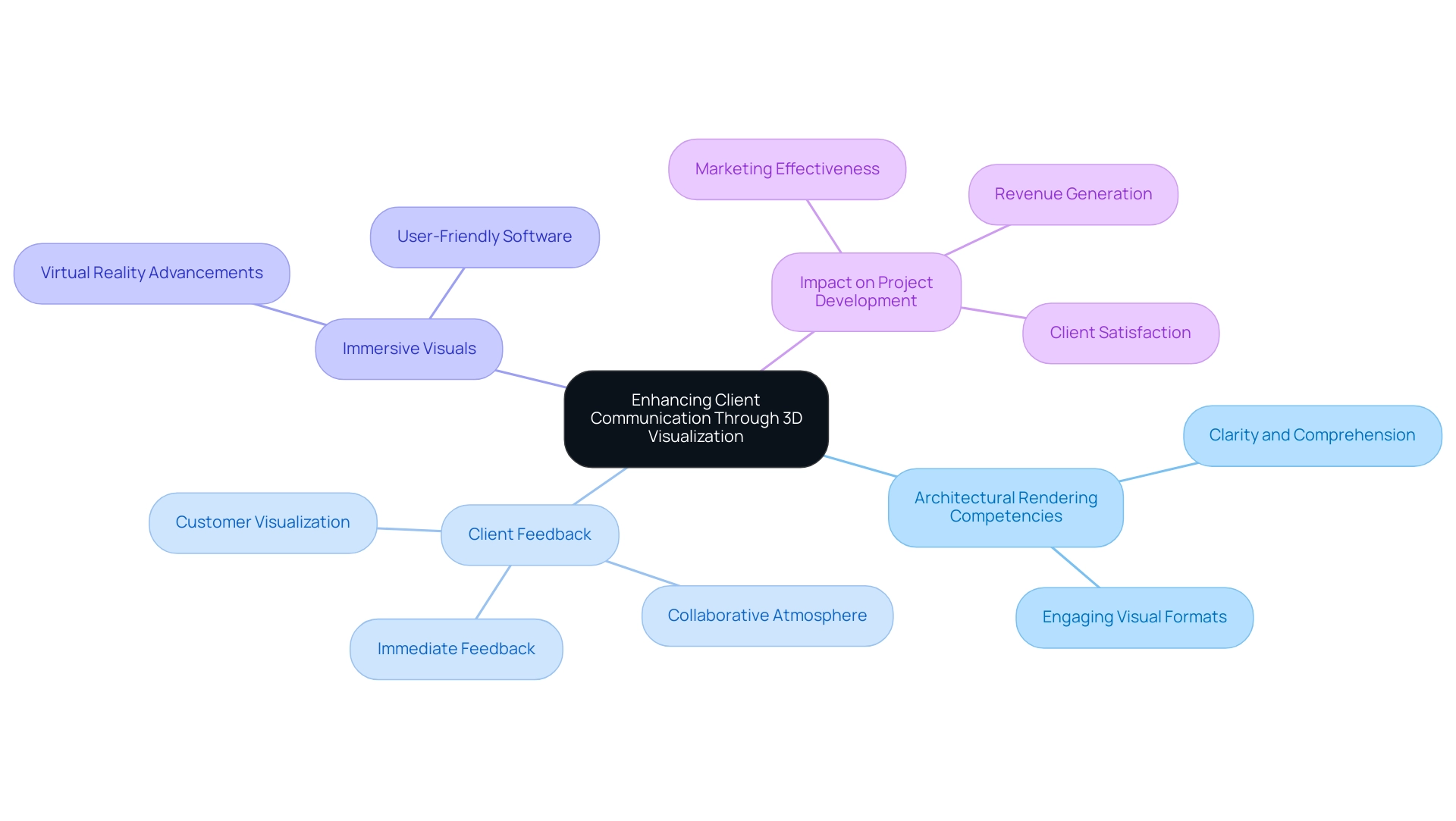
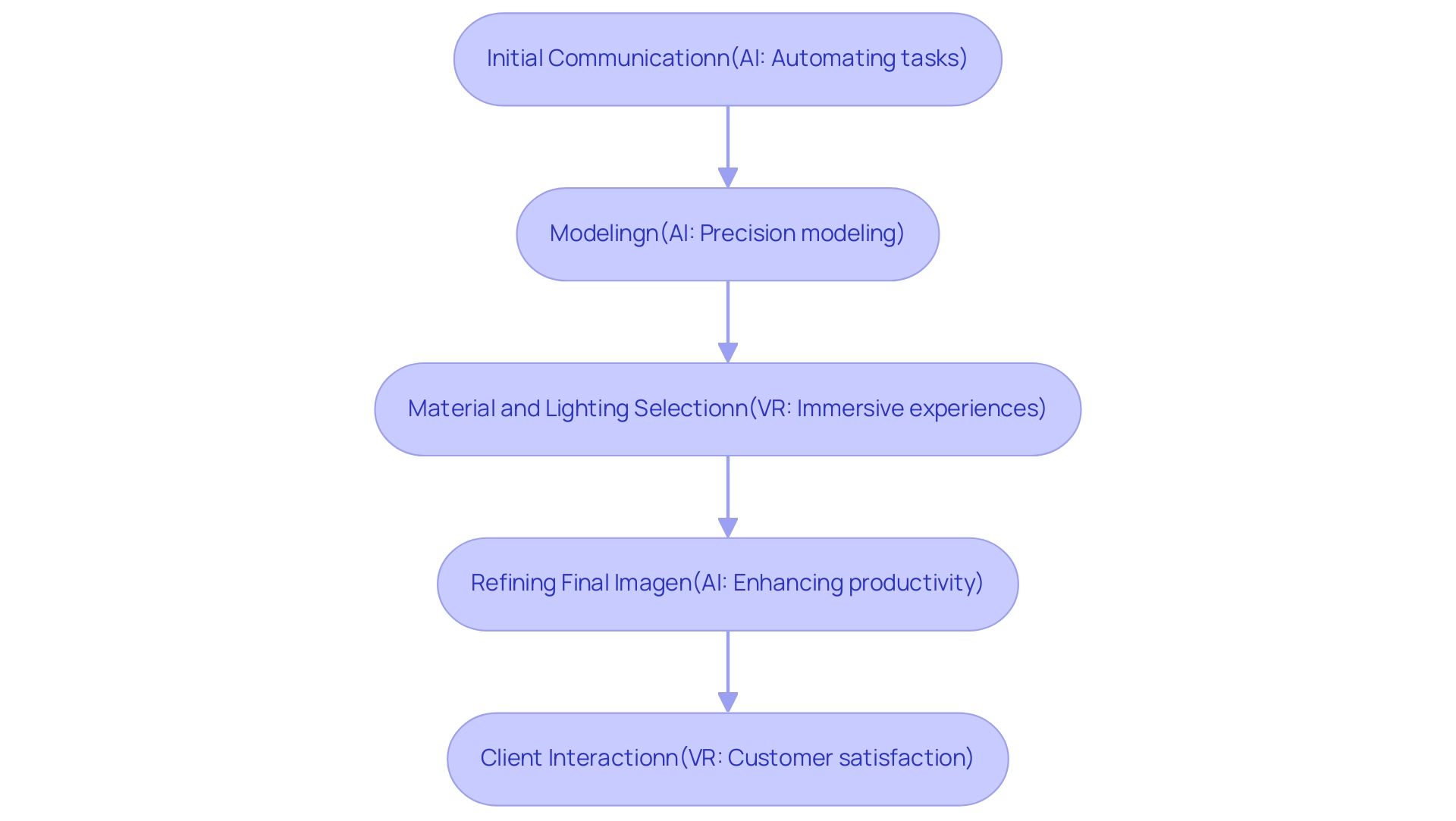
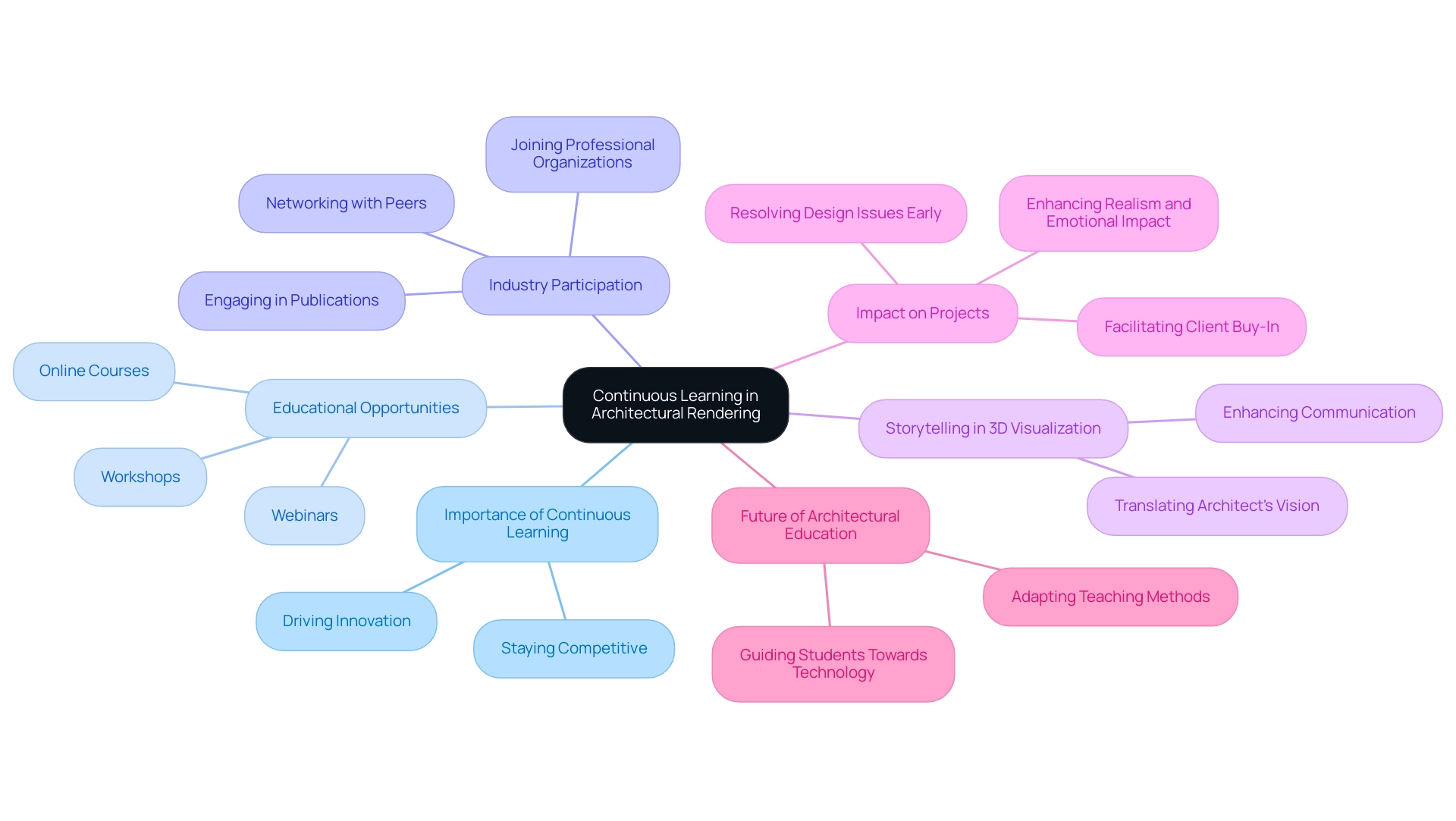
0 Comments